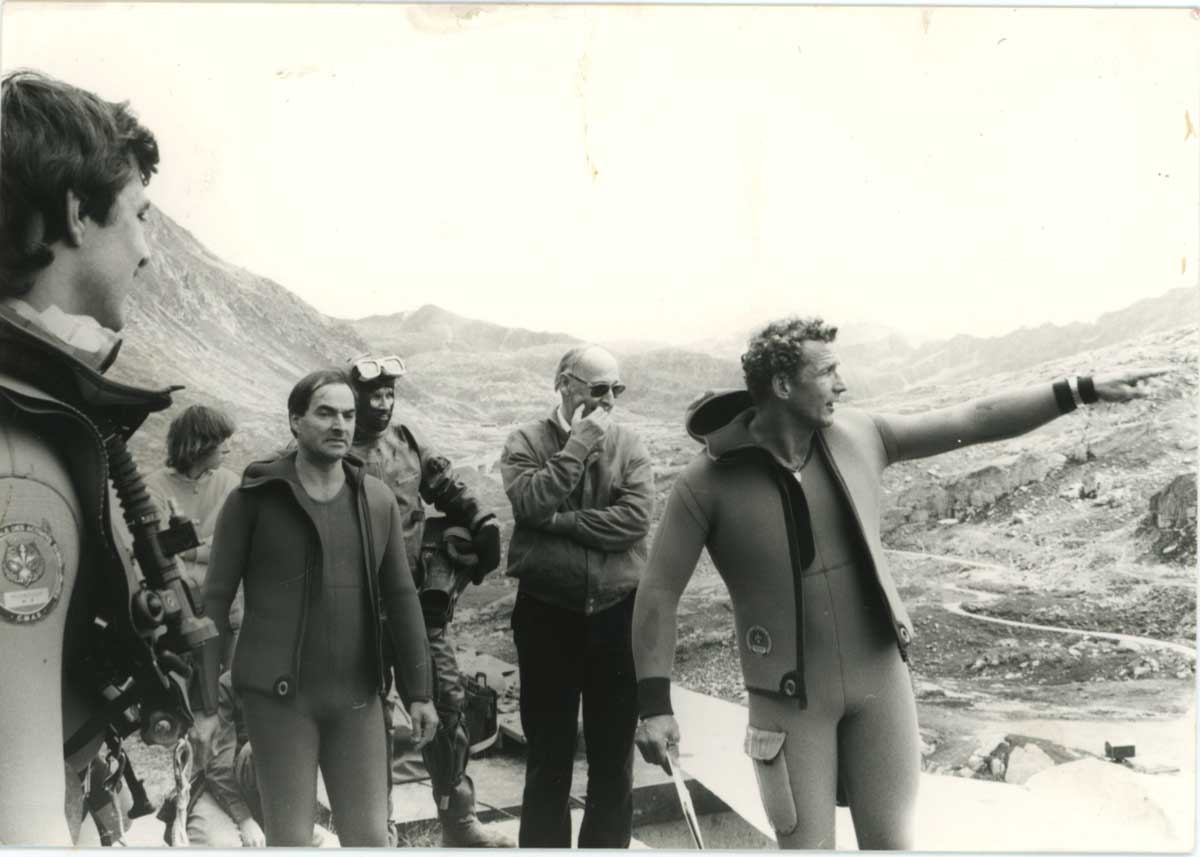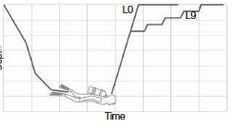The OP actually asked for the correspondence between MB levels and gradient factors.
The OP's question was answered in Post #10.
I am going to disagree with you on this one. You very graciously supplied a "chart" from some source with no money in the game so to speak.
To understand the OP's question, you need to understand what is going on with Scubapro and what their definition of what a MB in relation to their UWATEK programming actually is. And since they are not very forthright with detailed explanations , they rely heavely on their dealer network, AND no one here has even come close to explaining what the varying levels of MB's do in relation to a G2 or any of the 10 MB level settings, it is virtually impossible to make this comparision. It is in fact a "loaded" question. From the very bigining.
I'm saying it is very problamatic to make a direct comparison between GF and MB in the first place. And support this with information from the internet. Although I will freely support your efforts to provide the information you have supplied, no one else bothered to really do much of anything. Problem is, it dosen't come from the manufacturer. And trying to make a comparision between 10 MB settings and high / low does not do as much as understanding what diving conservativly means in the first place. Because every time someone mentions diving conservativly on this site, they get their head taken off.
Here is the only word from the manufacturer that we have:
78 GALILEO 2 (G2) USER MANUAL
3 .8 Diving with MB levels
Microbubbles (MB) are tiny bubbles that
can build up inside a diver’s body during any
dive and normally dissipate naturally during
an ascent and on the surface after a dive.
Dives conducted within no-stop times and
the observance of decompression stops do
not prevent the formation of microbubbles
in the venous blood circulation.
Dangerous microbubbles are those
migrating into the arterial circulation. The
reasons for the migration from the venous
blood circulation to the arterial circulation
can be a many microbubbles collecting in
the lungs. SCUBAPRO has equipped the
G2 with technology to help protect divers
from these microbubbles.
With the G2, you can choose – according
to your specific needs – a MB level that
will provide a level of protection from
microbubbles. Diving with MB levels
includes additional ascent stops (level
stops); this slows the ascent process,
giving the body more time to desaturate.
This works contrary to the formation of the
microbubbles and may increase safety.
The G2 features 10 microbubble levels (L0-
L9). Level L0 corresponds to SCUBAPRO’s
well-known decompression model ZH-L16
ADT and does not require level stops due
to microbubble formation. Levels L1 to L9
offer additional protection from microbubble
formation, with level L9 offering the highest
protection.
Similar to the display of information during
decompression dives or dives within no-stop
time, the G2 displays depth and duration of
the first level stop as well as the total time
of ascent as soon as the MB no-stop time
has run out. As the MB no-stop time is
shorter than the ordinary no-stop time you
will be required to perform a stop (level stop)
sooner than a diver using level L0.
If you ignore a required level stop, the G2
will simply step down to a lower MB level.
In other words, if you choose level L8 prior
to the dive, and during the dive you ignore
the L8’s recommended stops, the G2 will
automatically adjust the setting to level L7
or lower.
3 .8 .1 Comparison of dives with MB
level L0 and MB level L9
When two G2 dive computers are used
simultaneously, with one unit set to a MB
level of L9 and the other to a MB level of
L0, the no-stop time for the L9 unit will
be shortened and more level stops will be
required before the diver has the obligation
of a decompression stop. These additional
level stops help dissipate microbubbles."
So why is Scubapro mum with what it means to dive conservativly V fully explaining what their version of MBs' are? IMO it has to do with deep stops. And the confusion this creates. If setting a G2 to the most conservative setting, promotes deep stops, considering the current political climate this will not be good for sales. If on the other hand if your diving with an undiagnosed PFO, setting your G2 to 9 could very easily save your life. These are the questions that need explaining. And to date no one has come close.
I will say one thing, Scubapro certianly dosn't hold anyones hands with detailed explanations and everyone else is real short on documentation.
And here is the link again:
https://www.divetable.info/Flyer/brochure_metric.pdf
I'm goanna throw this in as well: "The human body cannot currently be mathematically modelled. Not only are individuals different because of age, fitness, pulmonary and cardiac (PFO) defects, but they also vary on a daily basis due to hydration, stress, exercise, micro-nuclei generation, and many other factors."
Thanks to: Kevin G.
Variable Gradient Model: An Approach To Create More Efficient Decompressions




